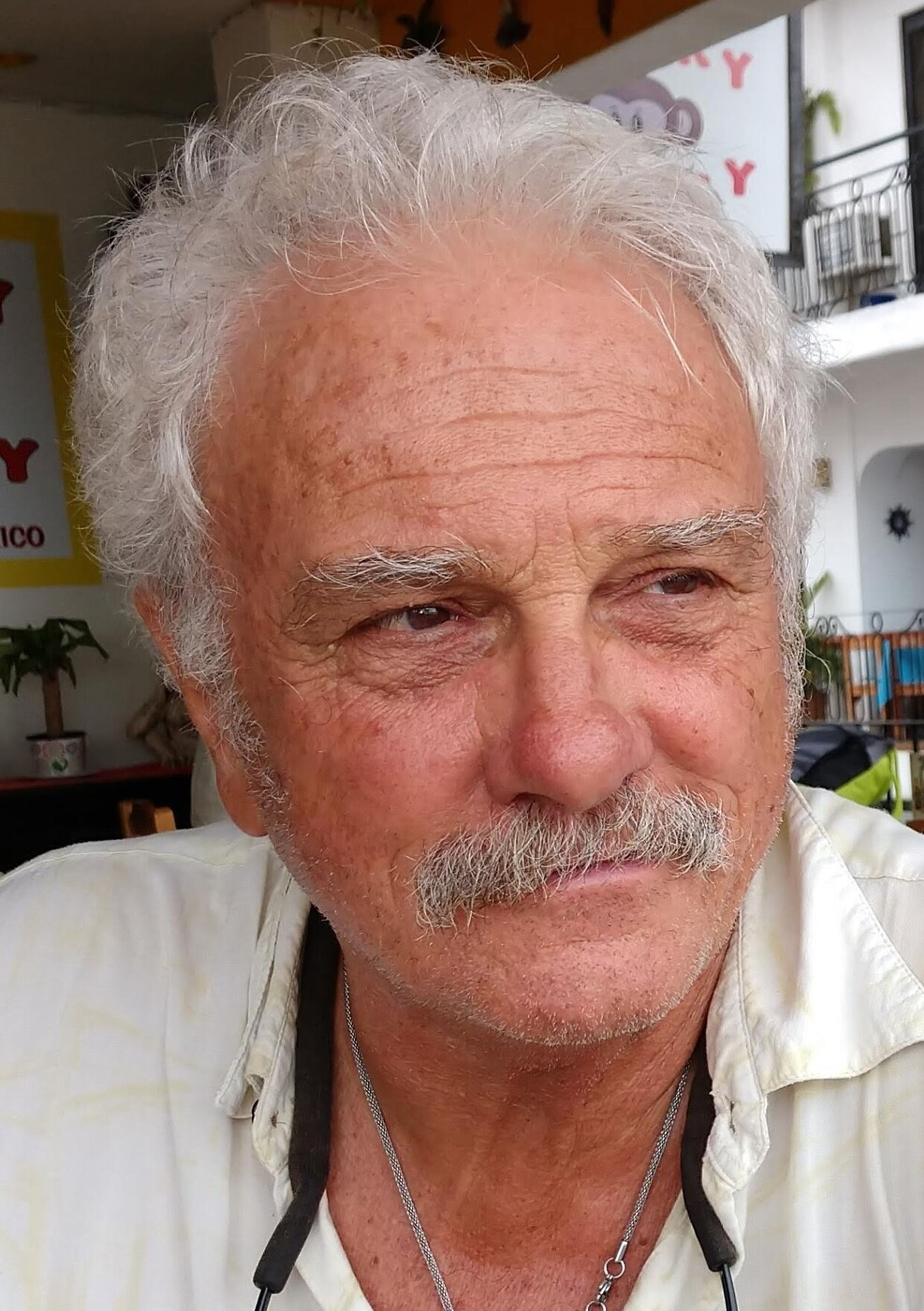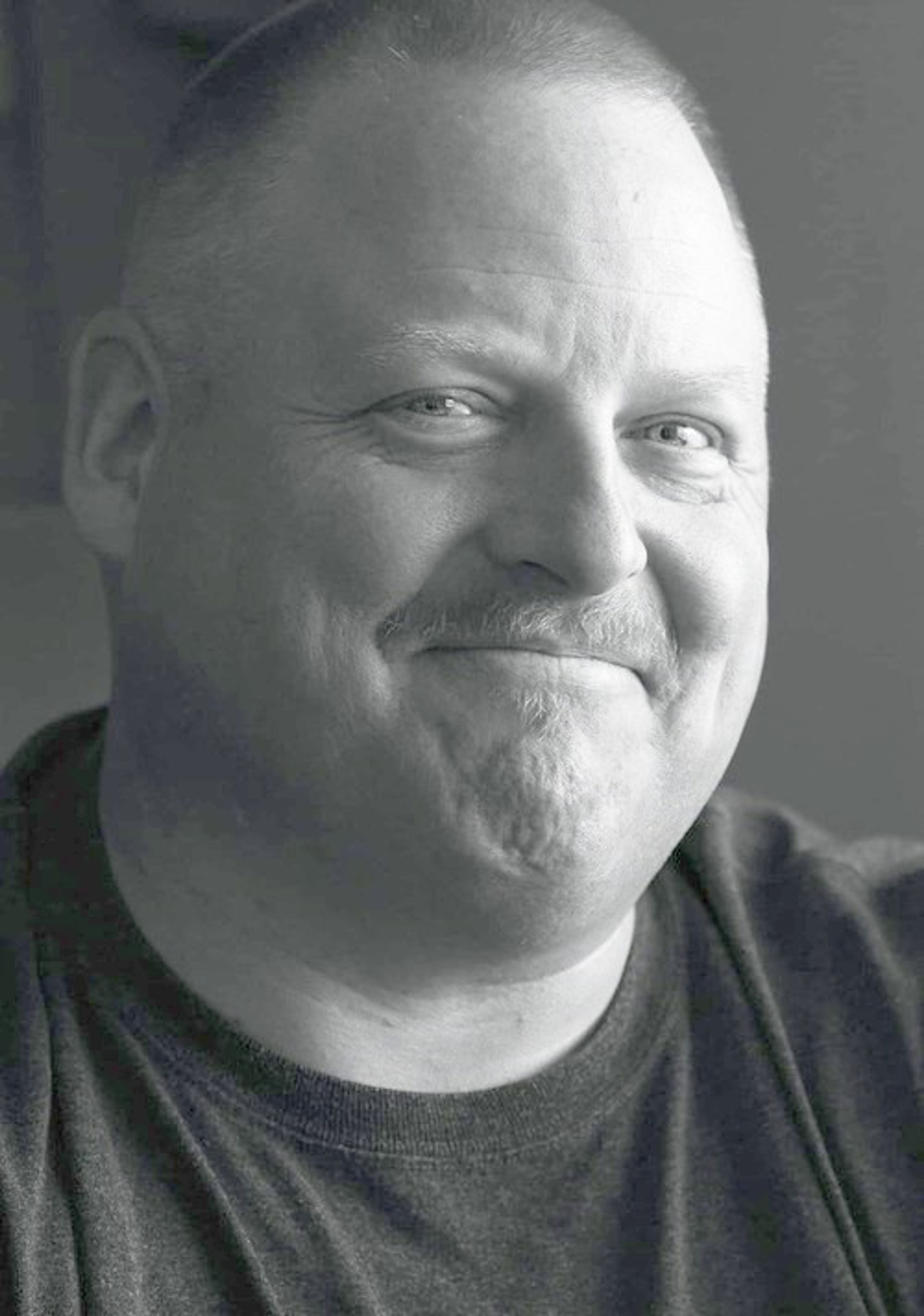His View: Pullman’s leadership has a chance to rethink downtown project
As this column reaches the newsstands, a new council and mayor will soon be inducted at Pullman City Hall. After a candidate is chosen to fill Francis Benjamin’s vacated seat, there will be three new faces.
What all of this means for downtown is vitally important. The reconfigured council will inherit the administration and policy decisions which, in the view of many far more knowledgeable than myself, could spell the shuttering of many Main Street doors.
What’s at stake is a multimillion-dollar project which, when completed, will transform the look and feel of the city’s hub.
As Main Street is torn up to allow for new water and sewer lines, many business owners worry that the loss of walk-in foot traffic will mean closures. Will they be temporary and lost revenue can be made up once the road opens again? Or will they be longer and force those small, independently owned businesses to close up shop for good?
When no bidders responded to the recent Request for Proposal, many community leaders breathed a sigh of relief. Rather than push forward with a project to be completed in one year, might it now be possible to extend the date to two?
Why? The argument goes like this: If the work were divided in half, most of the construction could take place during the summer months when the students and their substantial buying power vacate the city. Such a delayed schedule might also make it possible to tear up Main Street piecemeal. The benefit to struggling merchants is obvious.
To rewrite the RFP to allow an extended deadline would also open up a second grant funding cycle and a very real possibility that productive contacts already made in Olympia could result in a larger, more comprehensive and better planned reconstruction of downtown.
So much of the groundwork for another grant cycle has already been laid that, once more, the failure to receive any bidders is viewed by many as a godsend.
The optimism resulting from this windfall was short-lived. After the first RFP fell flat, the outgoing city council met in emergency session and issued a second RFP which, if bids are forthcoming, would close the door on a revised and better funded plan.
This writer is a little confused with the urgency to sign a contract. The current grant allows construction could begin within two years, well within the timeline proposed by many downtown business owners.
I’m reminded of a project in the town of Palouse, which dates back to 1995. Department of Ecology held our feet to the fire about constructing a new sewage treatment plant.
As a council, we went to an engineering firm in Walla Walla which had worked with the city and, there being no problems before, we awarded them the design and construction contract.
They didn’t ask what we as a city needed. Their only concern was how much money they could leverage for the project. When the dollar amount reached $6.5 million, we elected officials began to dig in our heels.
When a town survey revealed virtually no support and very little understanding of a proposal that threatened to bankrupt the city, I proposed a town hall meeting. That was the beginning of Palouse turning the corner.
Ed Gnaedinger amped up his research, eventually discovering an alternative technology that would provide a superior quality output at a cost of only $2.5 million.
It meant we had to walk away from a quarter-million we already spent on design. Faced with the alternative of raising sewer rates to what the DOE called a “hardship level,” we took the short-term loss. Because of our decision, no senior on fixed income had to choose between taking full doses of medication and flushing their toilets.
It now appears that there are other technologies — used by Portland and elsewhere — which could provide “re-lined” water and sewer without tearing up downtown streets at all.
Since this research only recently surfaced, it will require more time, as it did 30 years ago in Palouse, to fully research options. Fortunately, the hard work of exploring new technologies and new funding sources has been done by concerned citizens.
What this means in practical terms is a withdrawal of the hastily drawn second RFP. Not only would such a step buy Pullman more time to ensure that a job of this magnitude is done right, it also allows the newly elected council an opportunity to become part of the planning of the massive project they’re expected to oversee.
Those wishing to express their views are encouraged to attend the next council meeting scheduled for 7 p.m. Jan. 9.
McGehee, a lifelong activist, settled here in 1973 and lives in Palouse with his wife, Katherine. His work life has varied from bartender to university instructor to wrecking yard owner.








